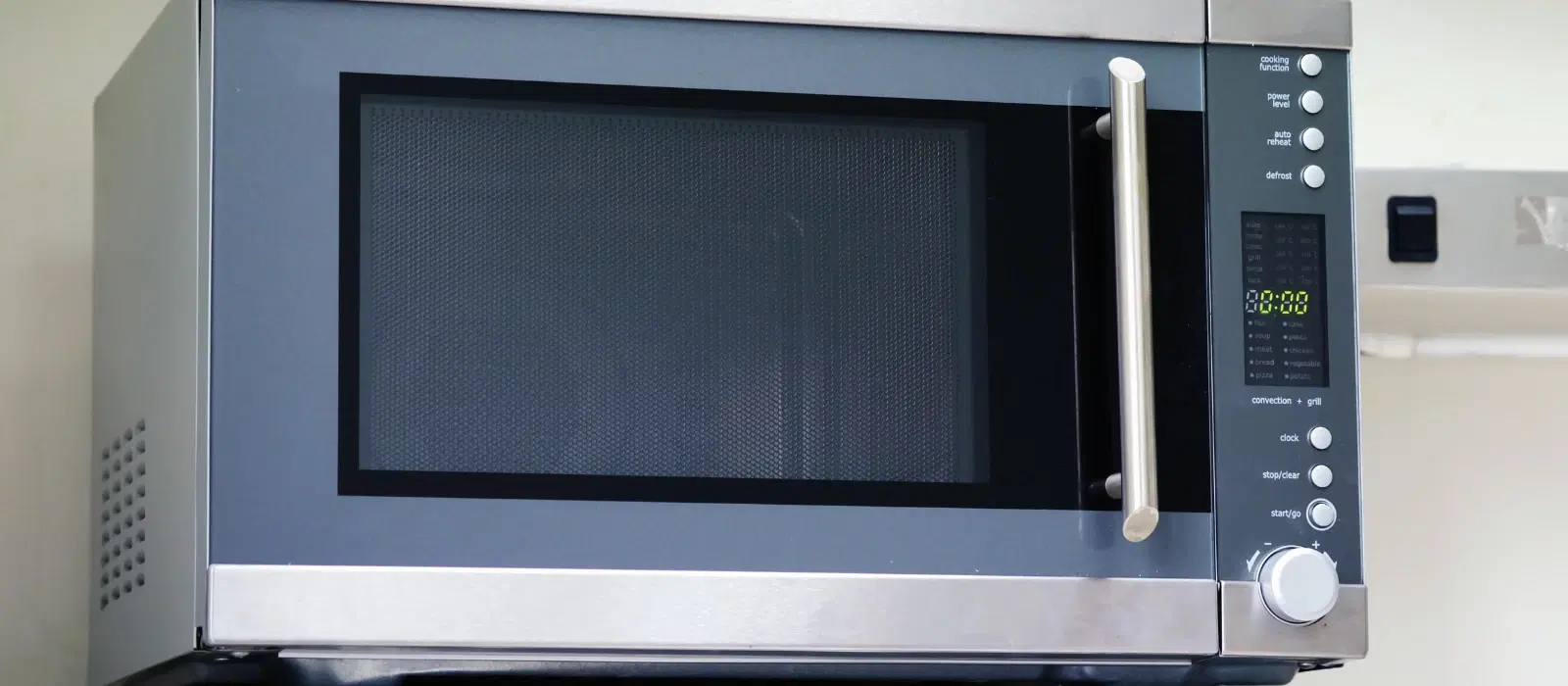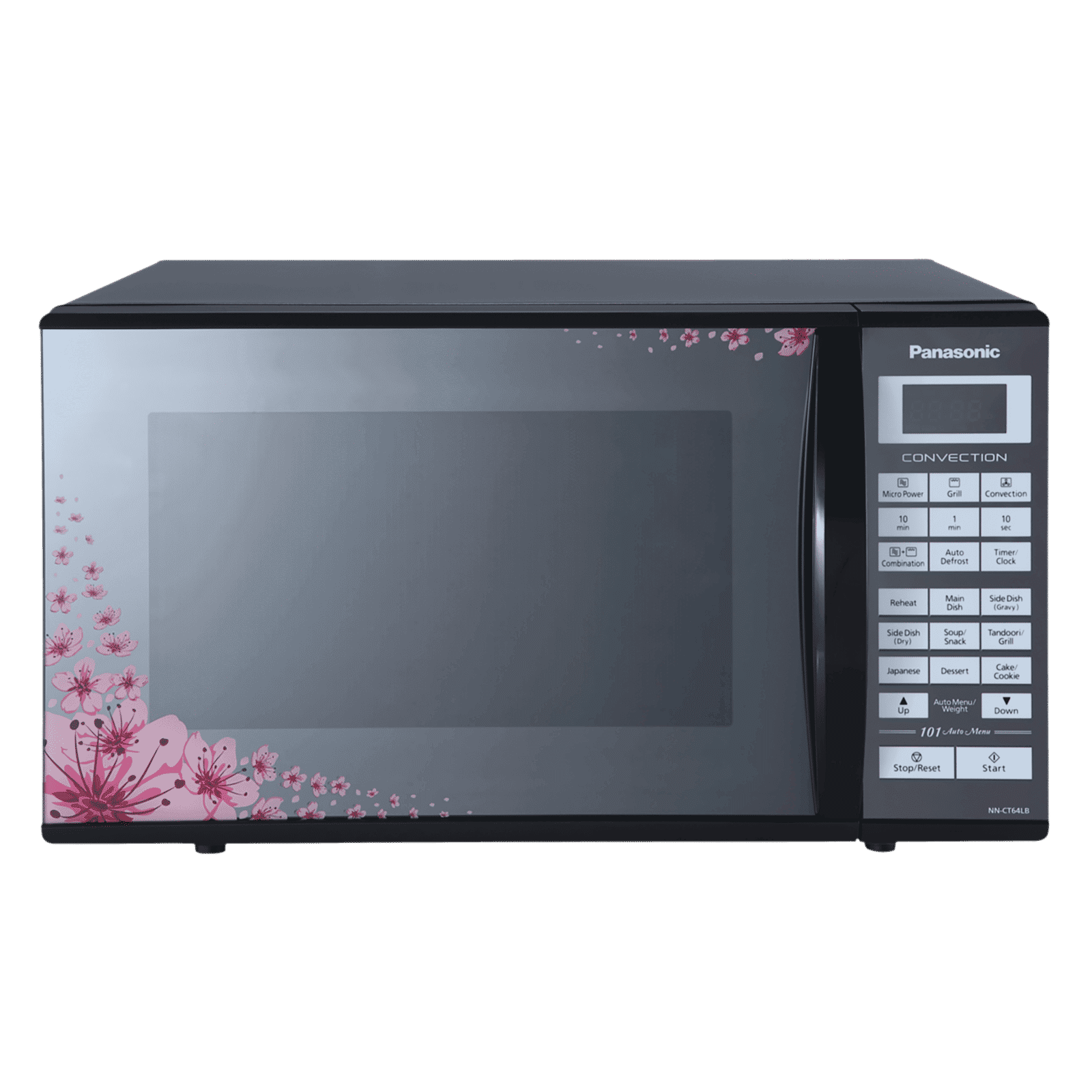
Home Appliances
•05 min read

Buy IFB 20L Solo Microwave Oven with Timer Option (20PM-MEC2, White) online at best prices from Croma. Check product details, reviews & more. Shop now!
Ever wondered why some utensils seem to spark in the microwave while others handle the heat with ease? Choosing the right cookware for your microwave can make all the difference in both safety and convenience. This guide is designed to help you understand which utensils used in microwave cooking are safe and efficient. By learning about microwave-safe utensils, the types of microwave cookware you should use, and how to test your existing items, you can avoid hazards that might damage your appliance or compromise your kitchen safety.
The term "microwave-safe" refers to utensils and cookware that can tolerate the heat and energy produced by a microwave without deforming, melting, or releasing harmful substances. Materials that are considered microwave-safe typically have high heat resistance and non-reactivity with microwave radiation. Essentially, these utensils allow energy to be absorbed by the food, not the container itself.
Among the most reliable choices are glass cookware for microwaves and ceramic bowls for microwave use, which distribute heat well and do not leach chemicals. Additionally, many microwave-safe plastics have been specifically designed with the correct formulation and often feature clear symbols marking them safe for microwave use. Opting for these utensils ensures that your cooking process is both safe and efficient. This checklist gives you the confidence to identify suitable cookware and confidently avoid potential hazards in your microwave routines.
Metal utensils pose significant risks in the microwave. Materials such as steel and aluminium can trigger sparks and even fires due to electrical arcing. The microwaves cause electric currents to run along metallic surfaces, which can lead to overheating or even damage to expensive appliances. It is always advisable to steer clear from using any items with metallic components; doing so not only protects your microwave but also safeguards your entire kitchen setup.
Equally important is confirming that you are not inadvertently using materials that can melt, release toxins, or even catch fire. For instance, styrofoam, cardboard, and some plastics not rated for microwave use can be dangerous. These materials may seem harmless at first glance, but when exposed to microwave energy they can break down and potentially contaminate your food with chemicals. The risks associated with heating non-microwave-safe plastics make it imperative to understand their limitations and avoid them entirely.

Buy Panasonic 27L Convection Microwave Oven with 101 Autocook Menus (NN-CT64LBFDG, Silver/Black) online at best prices from Croma. Check product details, reviews & more. Shop now!
When it comes to the best containers for microwaves, quality and design make all the difference. Ideal options include glass cookware for microwaves which is renowned for even heat distribution, and microwave-friendly dishes that have been rigorously tested for safety and performance. Ceramic bowls for microwave use are another excellent choice, thanks to their durability and aesthetic appeal. When selecting microwavable containers, always look for those that carry a clear microwave-safe symbol.
Beyond standard containers, there are plenty of innovative microwave cooking tools available. From special crisper pans to sandwich makers and bacon trays, these utensils are designed to enhance the quality of your microwave cooking. These tools ensure proper heat distribution and can improve the texture and flavour of your meals while preserving the integrity of your cookware. Using such microwave cooking tools helps you achieve culinary outcomes that are both convenient and professional.
It is important to understand the significance of the microwave-safe symbol. This symbol, found on a variety of containers and utensils, is your cue that the item has been tested and deemed safe for use in a microwave. Not every container without this symbol is unsafe; however, caution is advised when you cannot verify the item's safety status. Learning to spot this symbol is a simple but essential skill for anyone keen on ensuring kitchen safety.
You don't have to rely solely on labels when it comes to determining microwave compatibility. A simple water test can be conducted: fill a cup with water and place the utensil in question alongside it in the microwave. Heating on a high setting for one minute should reveal the safe option. If the utensil stays cool while the water heats up, you likely have a microwave-safe container. This method provides an easy and practical approach to checking for microwave safety, leaving little room for error.
Pro Tip from Tata Neu
Did you know? Using microwave-safe lids or covers can prevent splatter, retain moisture, and improve cooking efficiency. Always ensure the lid is labelled as microwave-friendly to avoid any safety risks and maintain optimum performance.
Maintaining your microwave-friendly dishes and utensils extends their lifespan and ensures continued safety. Regular cleaning using mild detergents and non-abrasive tools can help remove any food residues or build-up that might otherwise affect the performance of your cookware. Proper care, such as avoiding sudden changes in temperature, helps prevent cracking or breakage in glass or ceramic items.
One frequent oversight is microwaving sealed containers, which can lead to pressure build-up and eventual rupture. Similarly, using utensils with visible cracks or damage can be hazardous. Always inspect your utensils before use, and if you’re uncertain about a container’s microwave-safety, opt for an alternative that you are sure of. Mindful attention to these details not only protects your appliance but also ensures your personal safety.
Metal utensils, certain non-microwave-safe plastics, styrofoam, and cardboard are all unsafe for microwave use.
Materials such as glass, ceramic, and microwave-safe plastics that carry appropriate safety symbols are ideal for microwaving.
No, normal steel utensils can cause sparks and may result in serious appliance damage.
The microwave-safe symbol is a mark found on containers indicating that they have been tested and are safe for microwave use.
Test your utensil by placing it with a cup of water in the microwave for a minute; if the utensil remains cool and the water heats, it is most likely microwave-safe.
Using the right utensils in your microwave is a key part of safe and efficient cooking. By familiarising yourself with the materials safe for microwaves and following clear guidelines, you can ensure that you use only microwave-safe utensils in your daily routine. This not only protects your appliance but also keeps your food safe and optimally prepared. Understanding the types of microwave cookware available, from best containers for microwaves to innovative microwave cooking tools, helps you make informed decisions while enjoying the convenience and power of modern kitchen technology.
Embrace these expert tips and simple tests to elevate your microwave cooking experience. With careful selection, routine maintenance, and the strategic use of tools like microwave safe lids, you can minimise risks and enjoy the full benefits of your appliance. This concise checklist provides all the necessary pointers to help you confidently select and maintain utensils that are not only practical but also designed for everyday safety in the microwave.
Remember, a well-informed choice when it comes to utensils used in microwave cooking can enhance every meal. Enjoy the peace of mind that comes with knowing you are using the right tools for the job, ensuring delicious results and a safe kitchen environment for years to come.